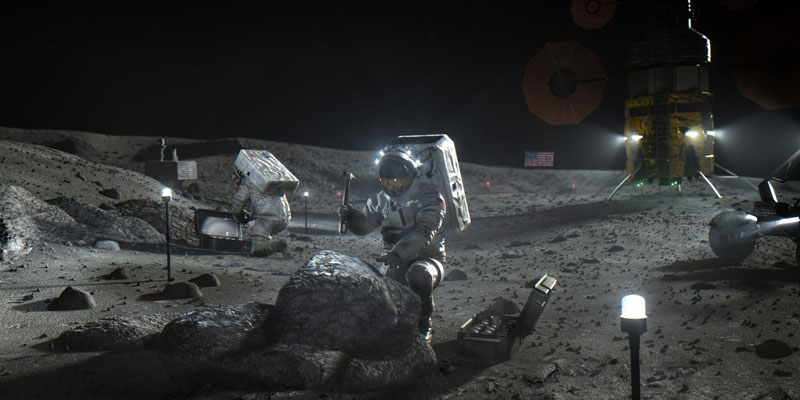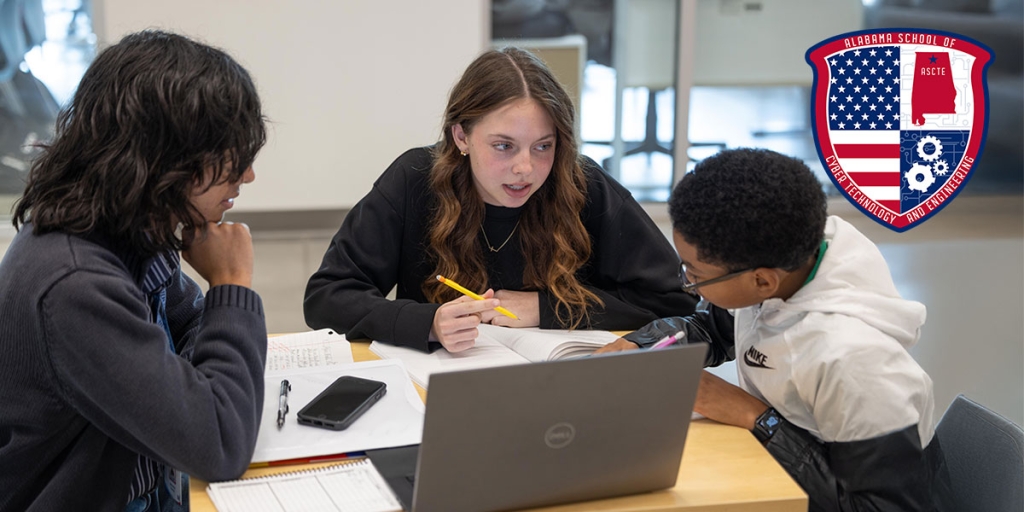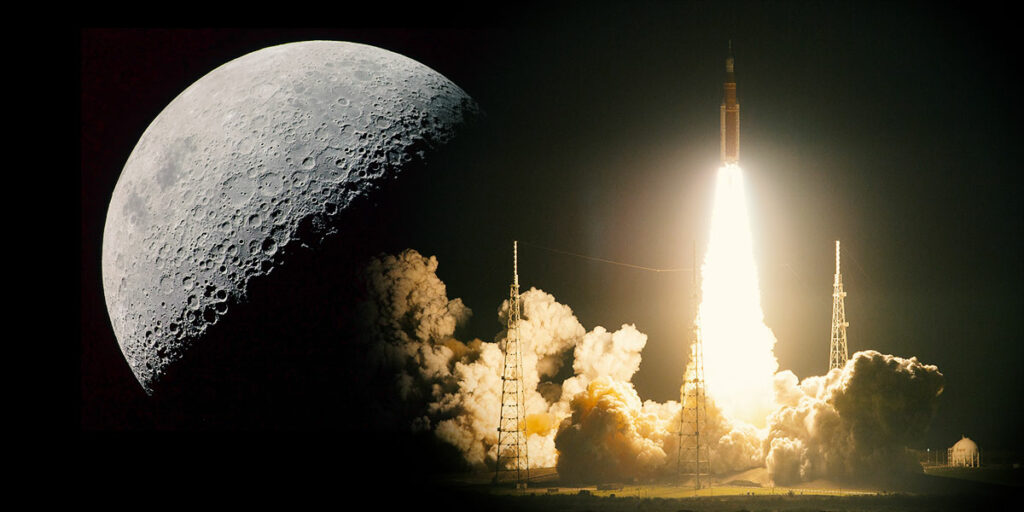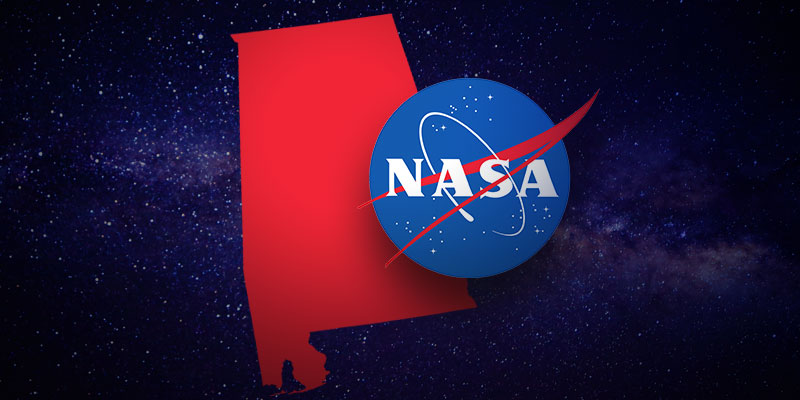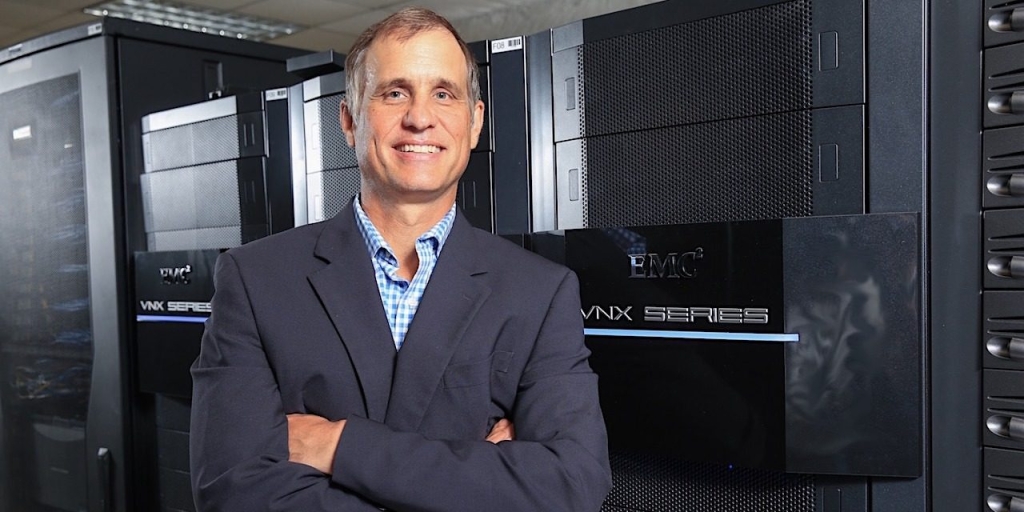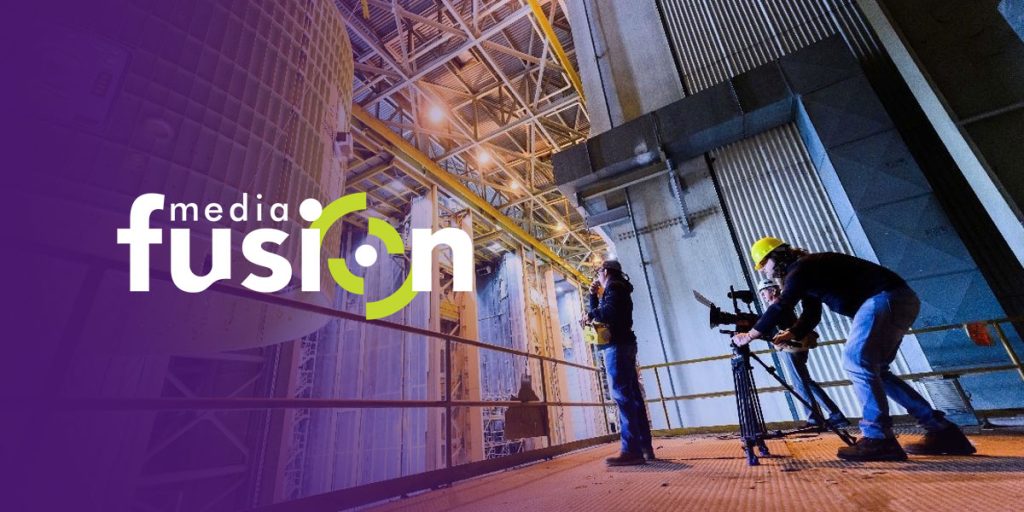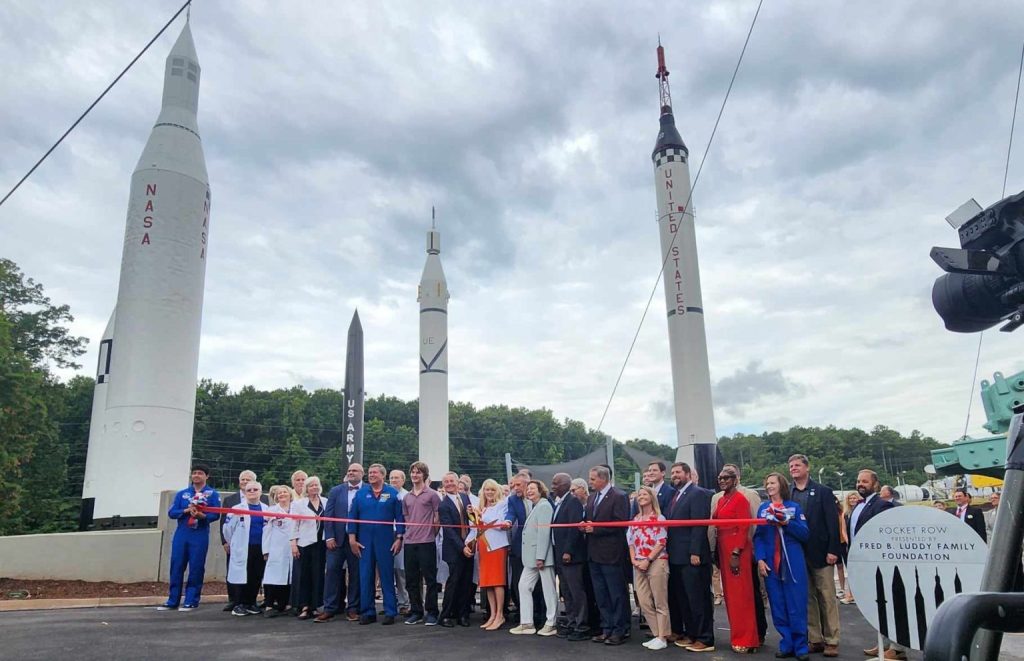NASA on Thursday selected three U.S. companies to design and develop a human landing system for its return mission to the Moon – and the program stands to have a strong Alabama connection.
“With these contract awards, America is moving forward with the final step needed to land astronauts on the Moon by 2024, including the incredible moment when we will see the first woman set foot on the lunar surface,” said NASA Administrator Jim Bridenstine.
Huntsville-based Dynetics is one of the three prime contractors selected to build human lander systems.
“There’s really no more exciting mission than delivering humans to other planetary bodies,” said Kim Doering, Dynetics vice president of Space Systems. “However, it’s also among the most challenging endeavors, particularly given the goal of landing on the moon in 2024. We believe Dynetics has the recipe for success.”
The company is developing the Dynetics Human Landing System, a single structure providing the ascent and descent capabilities that will launch on the ULA Vulcan launch system.
The next-generation Vulcan rocket is being produced at the sprawling United Launch Alliance production facility in Decatur, America’s largest rocket factory.
Also selected as a prime contractor is Washington-based Blue Origin, which will build the three-stage lander to be launched on its own New Glenn Rocket System and the Alabama-built ULA Vulcan rocket.
Blue Origin earlier this year officially opened a 350,000-square-foot rocket engine production facility in Huntsville, where it will produce its heavy-lift BE-4 rocket engine.
https://youtu.be/GFBeVQ3STZ0
The third prime contractor is California-based Space X, which is developing the Starship, a fully integrated lander that will use the SpaceX Super Heavy rocket.
NASA’s Marshall Space Flight Center in Huntsville is overseeing the development of the human landing system (HLS) for the Artemis program.
“I am confident in NASA’s partnership with these companies to help achieve the Artemis mission and develop the human landing system returning us to the Moon” said Lisa Watson-Morgan, HLS program manager at Marshall.
“We have a history of proven lunar technical expertise and capabilities at Marshall and across NASA that will pave the way for our efforts to quickly and safely land humans on the Moon in 2024,” she added.
NASA experts will work closely with the commercial partners building the next human landing systems, leveraging decades of human spaceflight experience and the speed of the commercial sector to achieve a Moon landing in 2024.
NASA said its commercial partners will refine their lander concepts through the contract base period ending in February 2021. During that time, the agency will evaluate which of the contractors will perform initial demonstration missions.
NASA will later select firms for development and maturation of sustainable lander systems followed by sustainable demonstration missions.
(Courtesy of Made in Alabama)




